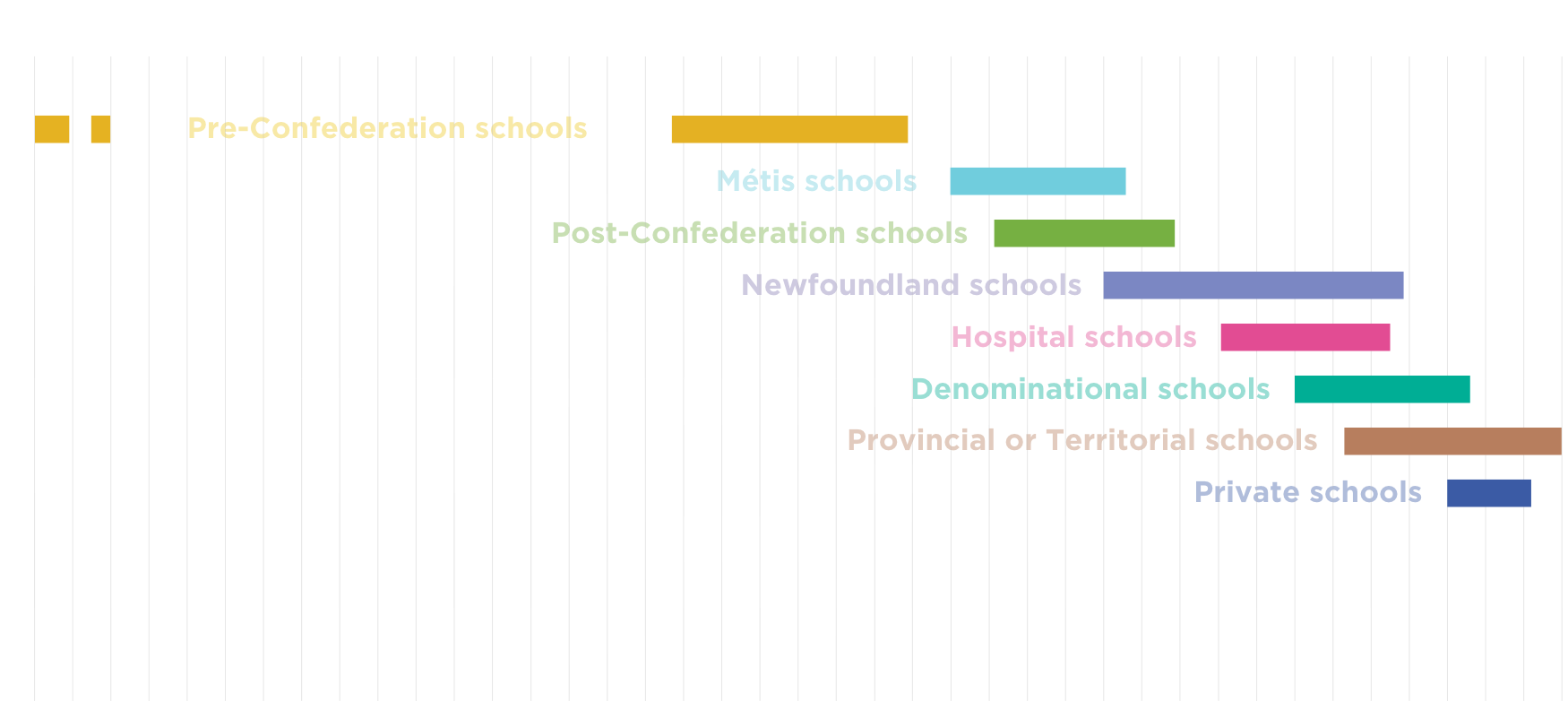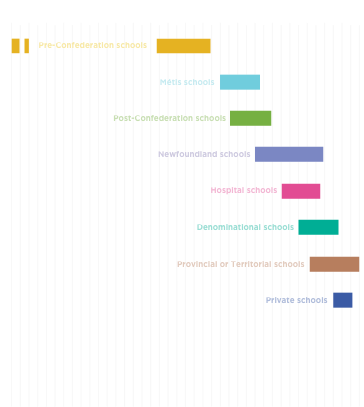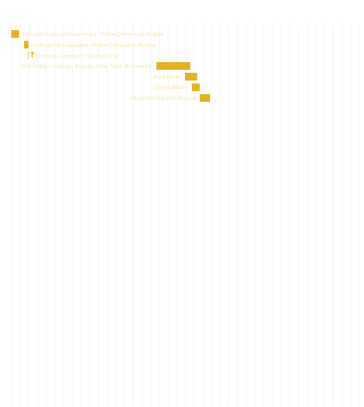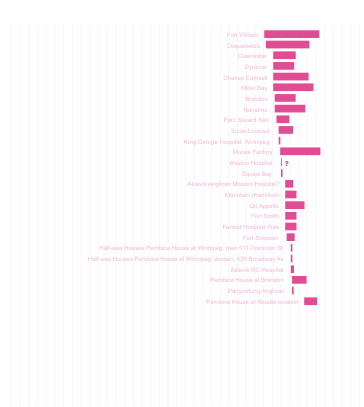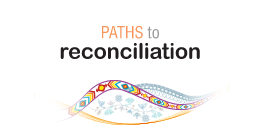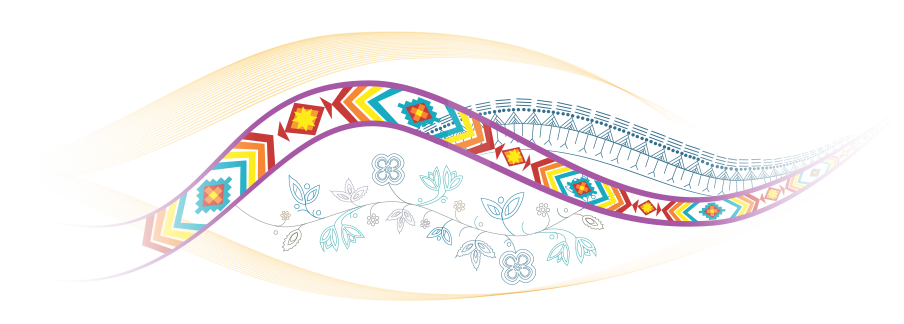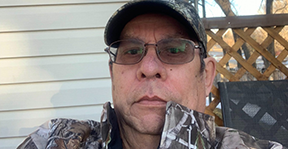NON-IRSSA RECOGNIZED
INDIAN RESIDENTIAL SCHOOLS
Hundreds of Indian residential schools were never recognized in the Indian Residential Schools Settlement Agreement because they were operated outside the timelines of the agreement or by provinces or other organizations. Here are some of those schools.UNMARKED
BURIAL SITES
ASSOCIATED WITH INDIAN RESIDENTIAL SCHOOLS
The news of the identification of 215 unmarked graves at the site of the former Kamloops Indian Residential School sent shock waves across the country and the globe- but survivors have been telling the stories of these precious missing children for decades. This map seeks to share the truths of missing children and unmarked burial sites guided by survivors, families, communities- some of which were recovered well before 2021 and many others that are still active investigations.Pensionnats non reconnus
par la CRRPI
Des centaines de pensionnats indiens n’ont jamais été reconnus dans la Convention de règlement relative aux pensionnats indiens, car ils étaient administrés en dehors des limites de la Convention ou par les provinces ou d’autres organisations. Voici certains de ces pensionnats.LIEUX DE SÉPULTURE
NON MARQUÉS
LIÉS AUX PENSIONNATS
La nouvelle de la mise au jour de 215 tombes non marquées sur le site de l’ancien pensionnat indien de Kamloops a provoqué une onde de choc dans tout le pays et dans le monde entier, alors que les survivants racontent depuis des décennies l’histoire de ces précieux enfants disparus. Cette carte cherche à transmettre des faits véridiques sur les enfants disparus et les lieux de sépulture non marqués, donnés par les survivants, les familles et les communautés. Certains de ces sites ont été retrouvés bien avant 2021 et de nombreux autres font encore l’objet d’enquêtes actives.Non-IRSSA recognized Indian residential schools
CLICK EACH LEGEND ITEM TO SHOW / HIDE
Schools not recognized within the Indian Residential Schools Settlement Agreement
Current Indigenous Community First Nations communities are based on locations of First Nations Band Offices. Métis communities are based on locations of Métis Local Offices. Inuit communities are based on locations of northern settlements with primarily Inuit populations.x
First Nations communities are based on locations of First Nations Band Offices. Métis communities are based on locations of Métis Local Offices. Inuit communities are based on locations of northern settlements with primarily Inuit populations.x
First Nations Inuit Métis
Major Cities with Significant Indigenous Populations Map includes major cities with First Nations populations of >2,000, Métis populations of >1,000 and Inuit populations of >200 (based on 2016 census).x
Map includes major cities with First Nations populations of >2,000, Métis populations of >1,000 and Inuit populations of >200 (based on 2016 census).x
First Nations Inuit Métis
Boundaries
 International/
International/provincialFirst Nations treatyInuit Nunangat regional
NUMBER OF YEARS IN OPERATION

Circles on map are scaled to match exact number of years in operation
Timeline of Indian Residential School Operations
Click a specific school type below to see only its timeline
Overview
Pre-Confederation schools
Métis schools
Post-Confederation schools
Newfoundland schools
Hospital schools
Denominational schools
Provincial or territorial schools
Private schools
